HERE’S TO THE MOMS — and dads — who teach the love of nature by example, despite certain phobias…
My mother, an artist, hovered above science: she saw the pure beauty of the natural world. And she loved all animals — despite a serious snake phobia and the fact that her older son wanted to become a herpetologist.
When I was about eight years old, my father and I were working in the big garden behind our house. My father stopped dead in his tracks. On the ground in front of him was a two-foot-long length of black water hose dug up by the rototiller.
He considered it for a while, then picked it up, went to the basement and found an old Tinkertoy box – a round cardboard tube with caps on each end. He folded the black hose and wedged it tightly inside and capped the tube.
With me in tow, he marched to the kitchen where my mother was making lunch. He handed the Tinkertoy box to her. “Here, there’s a present inside,” he said.
She opened it.
The snake-like hose flew into the air. She did, too. I had never seen her jump that high. In one acrobatic feat, she was on the counter. Screaming. My father, the Joker, and his short accomplice fled the scene of the crime.
A few months after the Tinkertoy incident, my mother performed an act of heroism, defying her recently enhanced phobia. In those days, Boys’ Life magazine hosted advertisements in its back pages for all manner of wild animals that you could purchase by mail order. I wanted a raccoon, but my parents offered a compromise.
One day, the mailman delivered a box – about the size of a shoebox – postmarked Silver Springs, Florida, or somewhere like that. Something moved within it.
Curled up inside was large, purplish-black snake, of a species now endangered. Just having that snake today, let alone selling it mail order, would be a crime, and rightly so. But times were different.
The snake was about five feet long (or so it seemed) and I loved it. It made the perfect accessory – worn like a cowboy bandana around my neck – as I walked past the bridge club ladies in the living room.
The snake seemed to fancy me, as well. But there was a problem. Inside the mail order box, the snake had rubbed its nose raw on the chicken wire lining. A fungus called canker mouth resulted. So my mother came to it’s, and my, rescue. Every afternoon for several weeks, I would take the snake out of its terrarium, sit on the edge of my bed with the snake in my lap, and pry its mouth open with my fingers. It never bit me.
Approaching carefully, keeping her body farther away than anatomically possible, my mother would stretch her hand toward the snake and use tweezers to remove pieces of the fungus from its mouth. Then she would sprinkle the contents of a penicillin capsule along its teeth. I recall my father helping, too, but she was the one on the front line. Later, she may have had to lengthen the right sleeve on every blouse and coat.
Given the fact that this was a fungal disease, not bacterial, the penicillin did not work, and the snake didn’t make it. I was heartbroken. But not for long.
I perked up when a neighbor gave me a baby pigeon to raise. I kept Petey (of course!) outdoors in an open birdhouse that my father built. When I rode my bike down the street, I would sometimes hear a whooshing sound, and Petey would land on my shoulder and lean into the wind.
Petey also liked to fly into the house, through the living room, take a right turn at the dining room, hurdle into the kitchen and dive bomb into the dishwater as my mother did the dishes.
Petey was into the suds. My mother always thought that was hysterical. She did not have a pigeon phobia.
Now, I know times have changed and so have attitudes about bringing wild animals home, but that was then. After April rains, my parents would put my brother and me in the back seat of the ’53 Dodge and cruise the country roads. My father would slam on the brakes. My mother would leap out and scoop up migrating box turtles to save them from being run over by passing cars.
She was a fierce fisherwoman, and she was the best Cub Scout den mother I ever had. All the other den mothers had us do disreputable things like construct Thanksgiving centerpieces out of empty syrup bottles, fall leaves and doilies. Doilies! When my mother took over the den, she took us on forced marches through the woods. She carried a big walking stick just in case she ran into a snake.
I was a lucky kid. In later decades, my parents experienced more than their share of tragedy, but in those early years, life really was idyllic. I owe my love of nature to both of them.
Perhaps you had parents who gave you that gift, one way or another.
So here’s to the mothers, fathers, parents and caregivers who get their kids outdoors. Here’s to them.
-
Network News
POLICY UPDATE: Policy and advocacy for the children and nature movement
-
Voices
Binoculars, bald eagles and my journey as a Black birder
-
Richard Louv
THE WONDER BOWL: Ten Spring and Summer Nature Activities for Kids and Adults
-
Network News
Minneapolis Spotlight: The promise and possibilities of parks for youth
-
Voices
Why nature is my motherhood ally


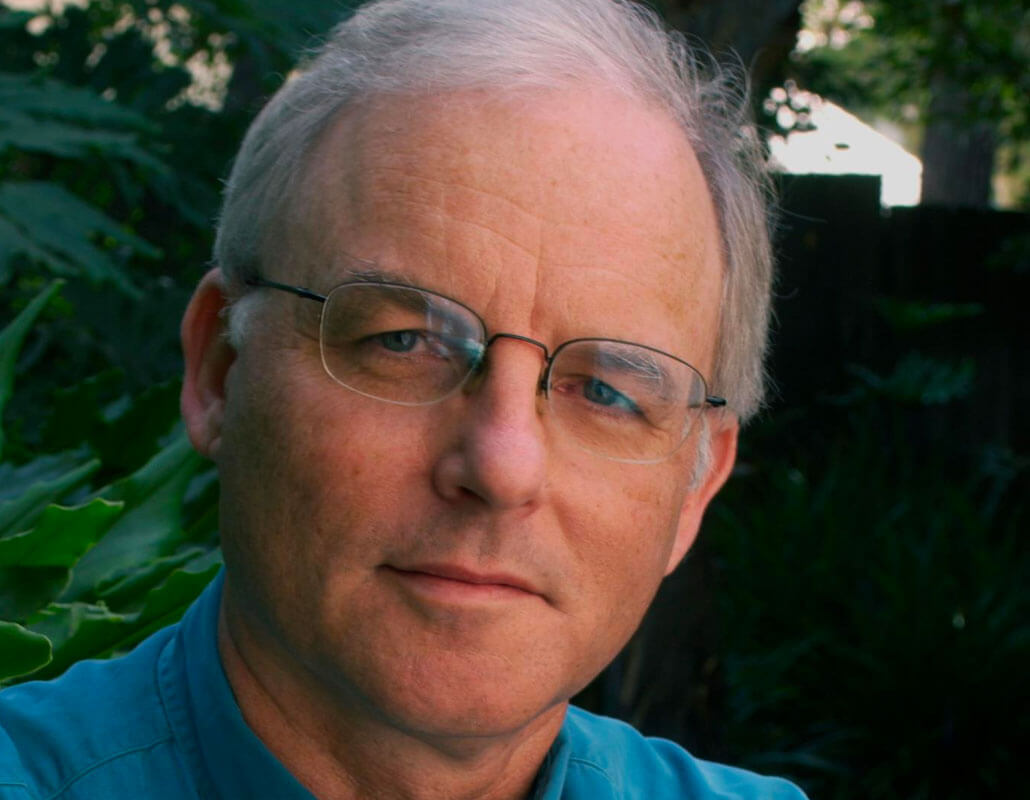
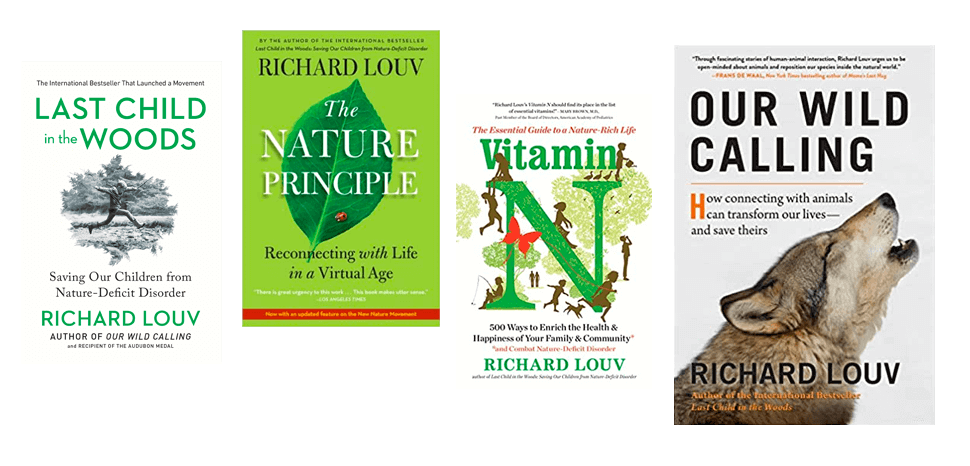
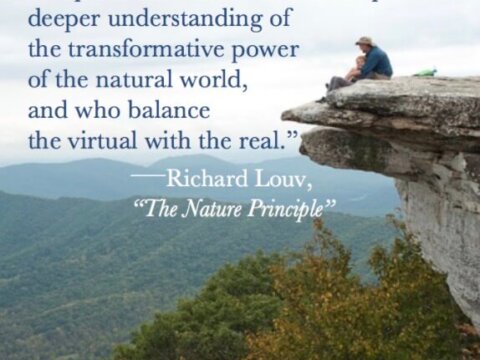
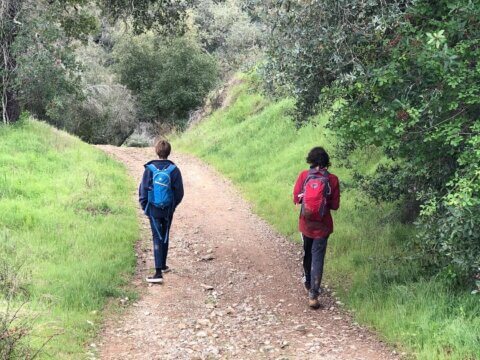
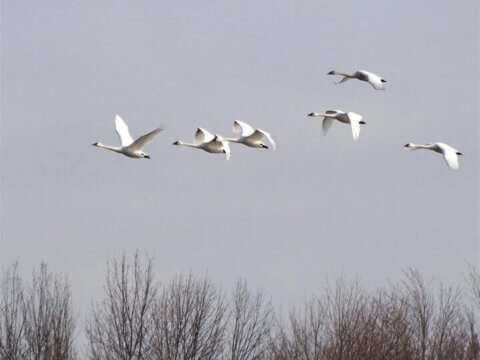
Commentaries on the C&NN website are offered to share diverse points-of-view from the global children and nature movement and to encourage new thinking and debate. The views and opinions expressed are those of the author(s) and do not necessarily reflect the position of C&NN. C&NN does not officially endorse every statement, report or product mentioned.